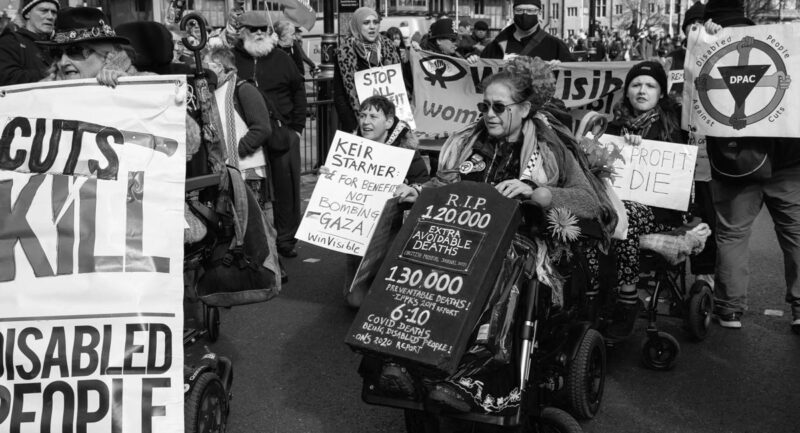Women's liberation: the communist tradition
 To achieve women’s liberation we have to fight for socialism. The two things are inseparable. Within the Second International, and later the Communist International, Clara Zetkin showed how the struggles could be linked.
To achieve women’s liberation we have to fight for socialism. The two things are inseparable. Within the Second International, and later the Communist International, Clara Zetkin showed how the struggles could be linked.
She led the women’s organisations of the German Social Democratic Party (SPD), arguing that women needed to be organised, their rights defended and that the party should take up their struggle for jobs, better wages and the vote. She built up a massive organisation of working class women in the unions and party. Zetkin produced a newspaper with a print run of over 100,000 and 140,000 women were members of the SPD.
Zetkin was clear that women needed to be organised within the party but also in a broader way which involved non-party women in the unions and communities. She recognised the particular difficulties women faced, because of their oppression, and she favoured special papers, meetings and organisations which related specifically to working class women.
Zetkin also recognised that once in the movement, women had to continue to be organised to press for their interests to be taken up by the party and unions as a whole, and to challenge sexism. This meant educating men and involving them in work amongst women. Arguing for the party to take up unionisation drives amongst women Zetkin wrote:
“In order to fulfill this task (unionisation), two things are necessary. The male workers must stop viewing the female workers primarily as a woman to be courted if she is young, beautiful, pleasant and cheerful (or not). They must stop (depending on their degree of culture or lack of it) molesting them with crude and fresh sexual advances. The workers must rather get accustomed to treat female labourers primarily as female proletarians, as working class comrades fighting class slavery and as equal and indispensable co-fighters in the class struggle. . . In view of the increasing use of female labour and the subsequent results, the labour movement will surely commit suicide if, in its efforts to enroll the broad masses of the proletariat, it does not pay the same amount of attention to female workers as it does to male ones.” (Zetkin, Women’s Work and the Trade Unions, 1892)
This tradition was taken up by the Bolsheviks in Russia, and later by the Communist International led by Lenin and Trotsky. Alexandra Kollontai, along with Clara Zetkin, helped to push the question of women’s organisation onto the agenda of the Communist International.
They argued that each Communist party should build a women’s section to do work amongst women workers, and that they should draw in non-party women with special organisations and forms of propaganda. They rejected the all-class women’s movement of the feminists, and counterposed the working class women’s movement, led by revolutionary women and linked into the general struggle for socialism.
Why did they reject a movement of all women, the argument of the feminists? As Zetkin herself explained:
“The liberation struggle of the proletarian woman cannot be similar to the struggle that the bourgeois woman wages against the male of her class. On the contrary, it must be a joint struggle with the male of her class against the entire class of capitalists . . . To be sure, [the proletarian woman] also agrees with the demands of the bourgeois women’s movement, but she regards the fulfillment of these demands simply as a means to enable this movement to enter the battle, equipped with the same weapons, alongside the proletariat.” (Zetkin, Only in Conjunction with the proletarian woman will socialism be victorious, 1896)
Today we do not have mass revolutionary parties that can lead a mass communist women’s movement.
We have to begin by arguing for all working class women, including those who are reformists, feminists and revolutionaries, to unite in action within a working class women’s movement. Within it we would argue for our positions, but would not demand that all women agree with us in advance.
The revolutionary tradition of the Second International and the Communist International shows us that women have a major contribution to make to the fight for socialism, and building a working class women’s movement will show that potential in action.



